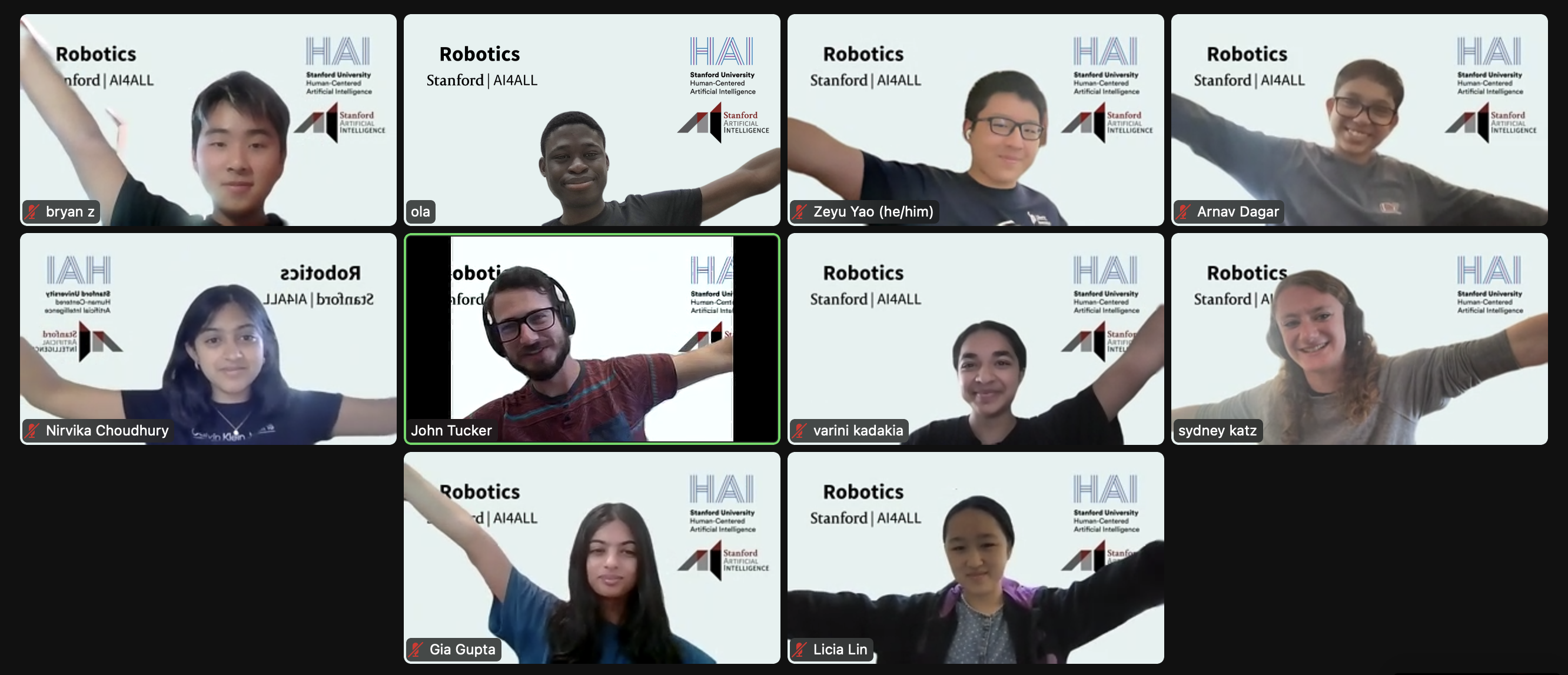This project explores autonomous aircraft taxiing in a simulated environment, utilizing the X-Plane 11 simulator for controlled testing. The focus is on designing and testing a robust system to align the aircraft with the runway's centerline during the taxiing phase, integrating neural networks and classical control systems for accurate and safe operation.
Autonomous aircraft systems hold the potential to mitigate climate change and address economic challenges like the global pilot shortage. By combining data-driven techniques (neural networks) with classical control strategies (PID controllers), the project aims to maintain high safety standards, even in varying environmental conditions.
The primary objective is to develop an autonomous aircraft taxiing system that:
- Accurately positions the aircraft on the runway's centerline using live visual data from a simulated camera on the aircraft’s nose
- Predicts key control parameters (crosstrack error and heading error) using a neural network
- Plans and executes control actions to correct errors through a PID controller
This project is a collaborative effort by the Stanford AI4ALL Robotics team during the summer of 2023. Special thanks to John, Sydney, and Ola - y'all are awesome!
This project is licensed under the MIT License. See the LICENSE file for details.
